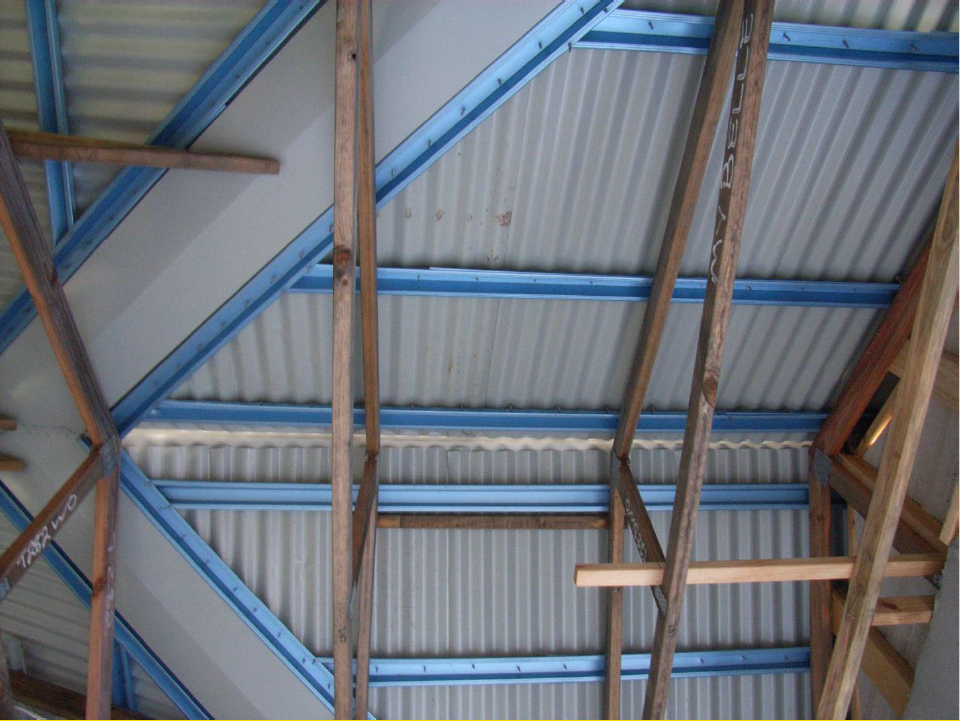
PUBLICATIONS
Published works

Improving the resilience of existing housing to severe wind events in Australia Annual Report 2017-2018
| Title | Improving the resilience of existing housing to severe wind events in Australia Annual Report 2017-2018 |
| Publication Type | Report |
| Year of Publication | 2019 |
| Authors | Henderson, D, Ginger, J, Smith, D, Wehner, M, Ryu, H, Edwards, M |
| Document Number | 465 |
| Date Published | 03/2019 |
| Institution | Bushfire and Natural Hazards CRC |
| City | Melbourne |
| Keywords | housing structure, resilience, severe wind |
| Abstract | This project will propose practical structural upgrading solutions based on the latest research that will make a significant improvement in the performance of Pre-80s (Legacy) houses that are impacted by severe windstorms. The project has analysed existing structural retrofitting details available for some forms of legacy housing and has found that uptake is limited, even when these houses require major repairs following severe storm events. The work carried out in 2017-18 has focussed on developing cost-effective strategies for mitigating damage to housing from severe windstorms. The major activity has been progressing the VAWS software package by Geoscience Australia (GA) using wind loading and structural response data and other test data obtained by the CTS-JCU: • Residential structures (i.e. Houses) have been categorized into types based on building features that influence windstorm vulnerability using CTS and GA housing survey data. Two house types were selected and incorporated in the VAWS package. The structural response (i.e. damage progression) with increasing wind speed has been modelled and validated. Testing carried out as part of BNHCRC supported thesis projects have provided additional data. • Retrofit options and cost-benefit modules will be added to the VAWS model by GA and made available for trialling by end users and stakeholders (i.e. homeowners, builders, regulators, insurers). End-users and stakeholders will be asked to evaluate VAWS and suggest amendments and provide feedback on practicality and aesthetics of potential upgrading methods for these house types. Cost effective guides will be developed for vulnerable house types. • Case studies will be used to evaluate effectiveness of proposed retrofit solutions for risk reduction. Economic assessment using the same case studies will be used to promote (via the stakeholders and end users) uptake of practical retrofit options. |
Published Works


